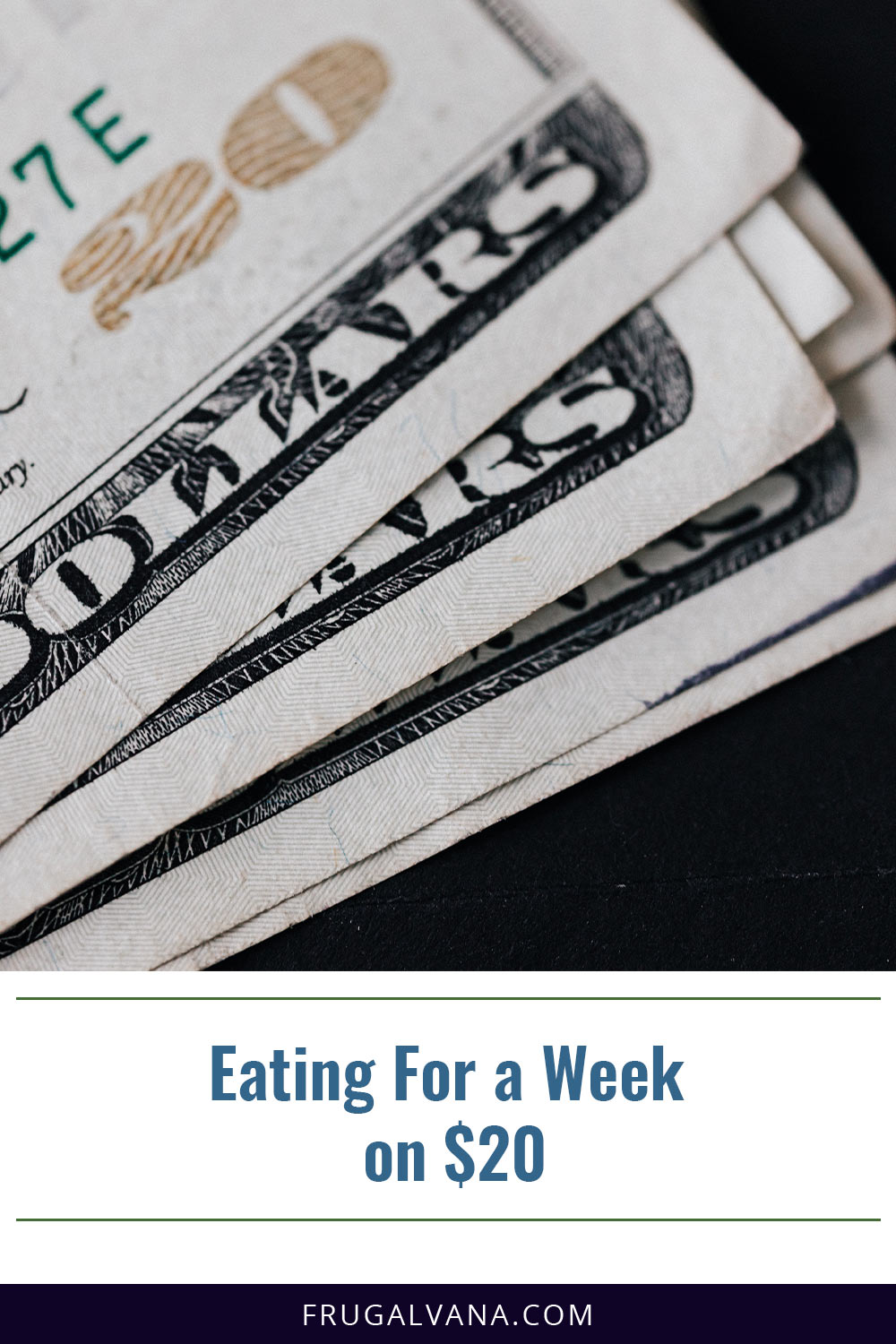We have all been in this situation: you’re checking your bank account, and the results are not exactly as you expected. There are still a few days until payday, and your grocery bill is not exactly covered by what is remaining.
Your day-to-day meals do not have to break the bank. You can do many things to cut your spending at the grocery store while maintaining good nutrition and staying full. Read below for wallet-friendly, stomach-friendly tips!
How Do You Do it?
Eating cheap can actually be very doable. It does, however, require that you are money-conscious and budget correctly. Using coupons and deals, as well as taking advantage of sales and promotions, can be very valuable tools for saving money.
Meal planning is an essential process in eating cheap food. For example, when you go into a grocery store without a plan, you are likely to spend much more than you had originally planned.
Therefore, it is essential that you compile a list of economic foods from your meal plan that you can stick to as you shop.
What Things Can You Buy?
While it may seem overwhelming to plan meals for a week on a budget of 20 dollars, it is actually very simple. Consider buying an assortment of cheap, nutritious, simple staples and creating meals from these staples.
Breakfast staples can include bread, frozen hash browns, oats, peanut butter, eggs, and fruit. Eating a nutritious breakfast is an important step toward being filled for the day and sticking to your budget.
Lunch and dinner staples include bread, peanut butter and jelly, frozen vegetables, rice, chicken, lentils, potatoes, pasta, and dried beans.
Frozen vegetables can, of course, be varied, as well as grains and carbohydrates. Variation can make eating on a budget more manageable.
Cheap Food that Can Last Long
Long-lasting, inexpensive foods often include canned items, as well as grains.
While these food items are often not of enough nutritional value to be eaten alone and should be combined with fruits, vegetables, and proteins, it is wise to have a good supply of inexpensive grains and canned items on hand.
Having a good supply of long-lasting food is also a very good idea for possible emergency situations. Simply buying an extra item, here and there, can help you to compile an inexpensive home food storage.
Type of Food You Shouldn’t Buy
Food that is extremely processed, and food that does not have much nutritional value, are not wise selections when trying to eat on a budget. Instead, you will want to select foods that are healthy, and that will be filling, and nutritious.
Brand-name foods tend to be more expensive. In most cases, stores carry inexpensive, generic brand alternatives that are either very similar or identical to their brand-name counterparts.
It is important to select budget-friendly items that are quality and nutritious for your meal plans.
Cheap Meals That Will Keep You, Full
Cheap and filling meals can be made from a variety of cost-effective, budget-friendly breakfast staples. Cheap meals with good nutritional value include but are not limited to eggs on toast, eggs with hash browns, toast with peanut butter, oatmeal, and fruit as a side.
Possible dinner and lunch meals can be made from any combination of cheap and nutritious staples. These meals include but are not limited to fried rice, chicken dishes on rice, sandwiches, pasta, baked potatoes, and beans or lentils with rice and vegetables.
Final Thoughts on Eating For a Week on $20
In conclusion, eating on a budget is simple and doable. In order to eat on a budget as low as 20 dollars per week, make sure to plan out your meals in advance.
Take advantage of coupons, deals, sales, and promotions. Additionally, there are many inexpensive staples from which many delicious, nutritious meals can be made.

